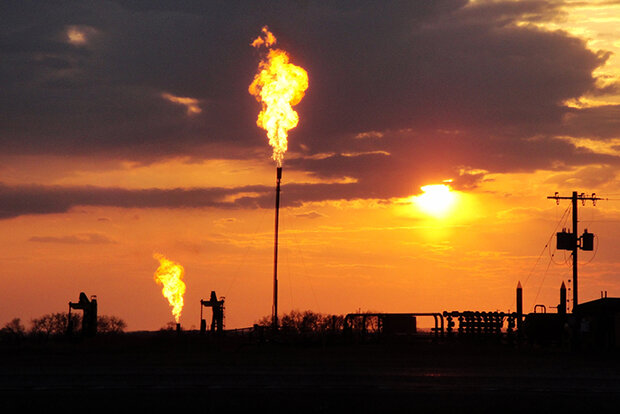Drivers of methane emissions and intensities from US oil and gas industry

Flares burn in the Bakken oil and gas fields of North Dakota. Credit: J. Peischl, NOAA/CIRES
Methane is a powerful heat-trapping greenhouse gas that contributes to global warming, and reducing its emission is a top priority for the United States Government’s climate action plan. The US is the world's largest methane emitter from oil and gas activities, making it essential to have a complete understanding of past methane production and emission trends to make accurate future projections. A new research study, partially supported by the Climate Program Office’s Atmospheric Chemistry, Carbon Cycle and Climate (AC4) Program, has quantified methane emissions from the oil and gas industry in the US from 2010 to 2019. An international group of researchers, including AC4-funded scientist Daniel Jacob of Harvard University, analyzed satellite and in-situ observations of methane concentrations using an inversion method, which uses a set of observations to calculate the causal factors that produced them. The results, published in Earth, Atmospheric, And Planetary Sciences, provide average methane emissions over the 2010 through 2019 period that are seventy percent higher than previously estimated by the US Environmental Protection Agency.